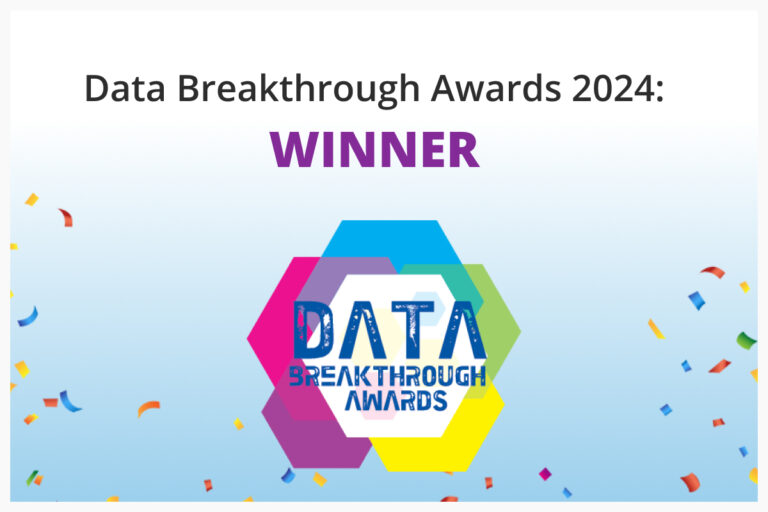At Komprise we talk a lot about Cold Data Storage. But increasingly IT organizations come to us and say, “our unstructured data is doubling every two or three years (if not sooner). We need faster performance of our applications that are sitting on our NAS. How do I get my hot data to an all-flash array?” The focus of this TechKrunch session is finding hot data for migrations.
But, first a bit of context. Before we get to a demo in this session, Glenn sets the stage.
One of the first problems we typically identify with our customers is that ~75% of their data hasn’t been accessed in over a year.

At Komprise we’re really good at intelligent archiving – finding your hot and cold data and moving to more appropriate tiers of storage. We also do migrations. What’s so powerful about our Intelligent Data Management platform is that we combine the ability to analyze, archive and migrate. Ultimately this means that you can be smarter about what you actually move. The goal of this session is to show how Komprise customers are able to:
- ANALYZE to identify HOT and COLD data on legacy storage. Glenn uses the analogy of buying a smaller house and not moving all of your old furniture to your new home. With Komprise you can identify the data that’s actually in use before you move it to your new array.

- ARCHIVE COLD data to the cloud BEFORE moving to new storage. If 70-80% of your data is cold, you may still need it to be accessible. Set up a policy to send it to the cloud. This is where you experience the power of Komprise Transparent Move Technology. We use industry-standard symbolic links to replace the data that we archived so data is still accessible on the source (by users and applications).

- RIGHT SIZE new all-flash arrays before moving your remaining data. We build out a storage trend plan over 3 years. So even if you’re using Komprise for migration and analysis, we’ll show you how much space you need. The blue line is what’s so powerful – the potential of the new plan we recommend.

- MIGRATE HOT data and links to new arrays fast and easy. When you migrate the data, with Komprise you’re only migrating the hot and warm data to your new array. You also move your links over, which means your data will also be accessible through the dynamic links. There’s no need to recall the data or re-archive on the new system. The links are active on the new array.

Some of the benefits of this approach are:
- Faster migrations
- Reduced costs by reducing the size of the storage requirements on the new target. We’ve seen greater than 250% savings.
Sound good? Now, to the demo.
The first thing you do is connect to your source storage.

Once you connect (or Konnect), Komprise starts crawling through and getting data about data. Within the first hour or so you start to a profile of your data (see the TechKrunch: Using Komprise Data Analytics and Data modeling). The blue shows cold data – no reads, no writes. But let’s dig into the red data. 25% of your 4PB data is active.

In Randy’s demo scenario, he’s created a fictitious medical university with Student Data, Research Data, and PACs images.

He creates a new Data Policy, where that data in this group that hasn’t been accessed in 3 months is scaled off and moved to a different tier in the cloud. That’s about 15% of the data.

(How to access archived data in the cloud will be covered in the November 4th TechKrunch session.)
Once you’re done cleaning off the cold data and are done editing the plan, go ahead and Activate it and you’re left with your Hot Data.

Now that you’ve sized your all-flash array, say for 25% of the total capacity, you don’t have to move all of your data. You can also look at specific shares in order to tier off the cold data and migrate the hot data that remains.

Start a Migration task.

Select the share and where it’s located.

Then walk through the steps to identify source and target and the Komprise Elastic Data Migration moves the data in real time. More on Migrations in another TechKrunch.
As always, there are good questions at the end. I suggest you take 20 minutes and enjoy the show. We hope these are useful and want your feedback.



